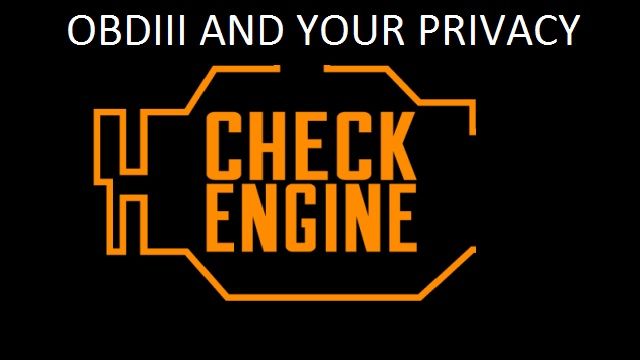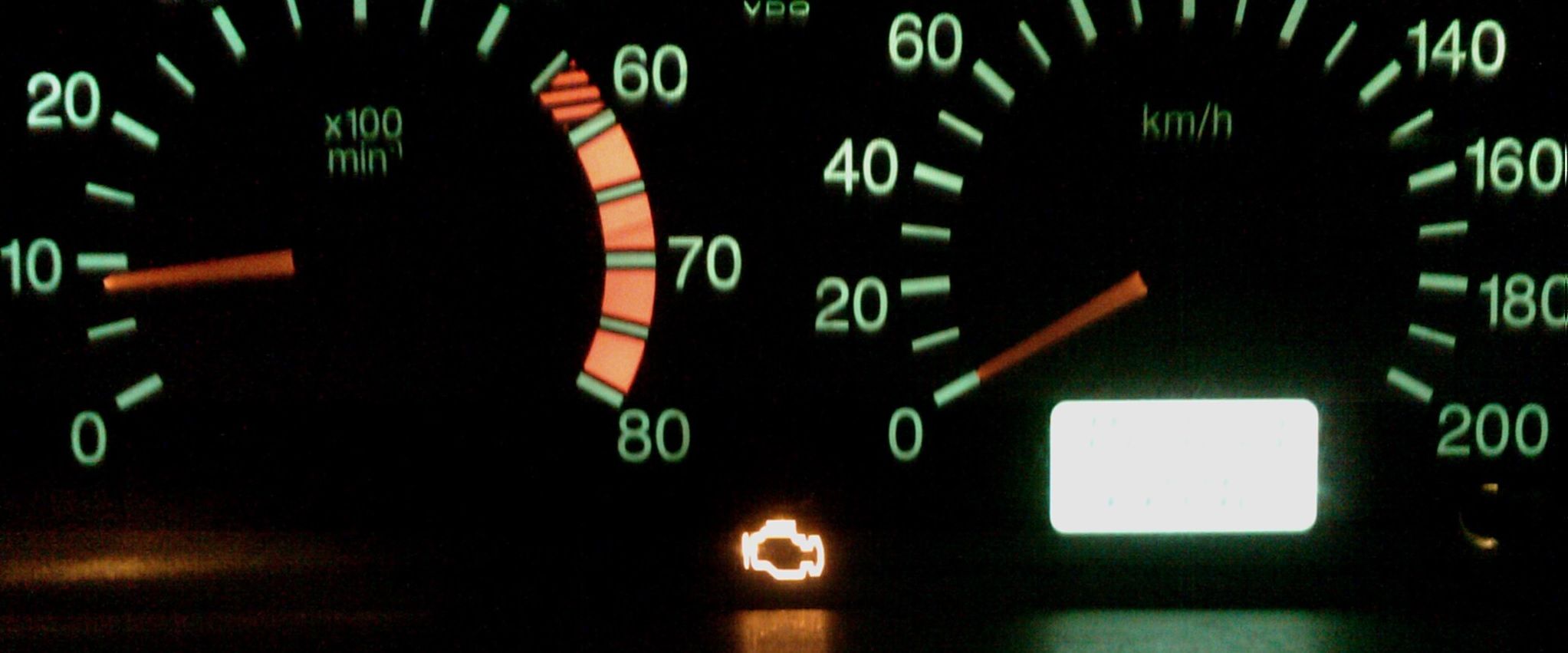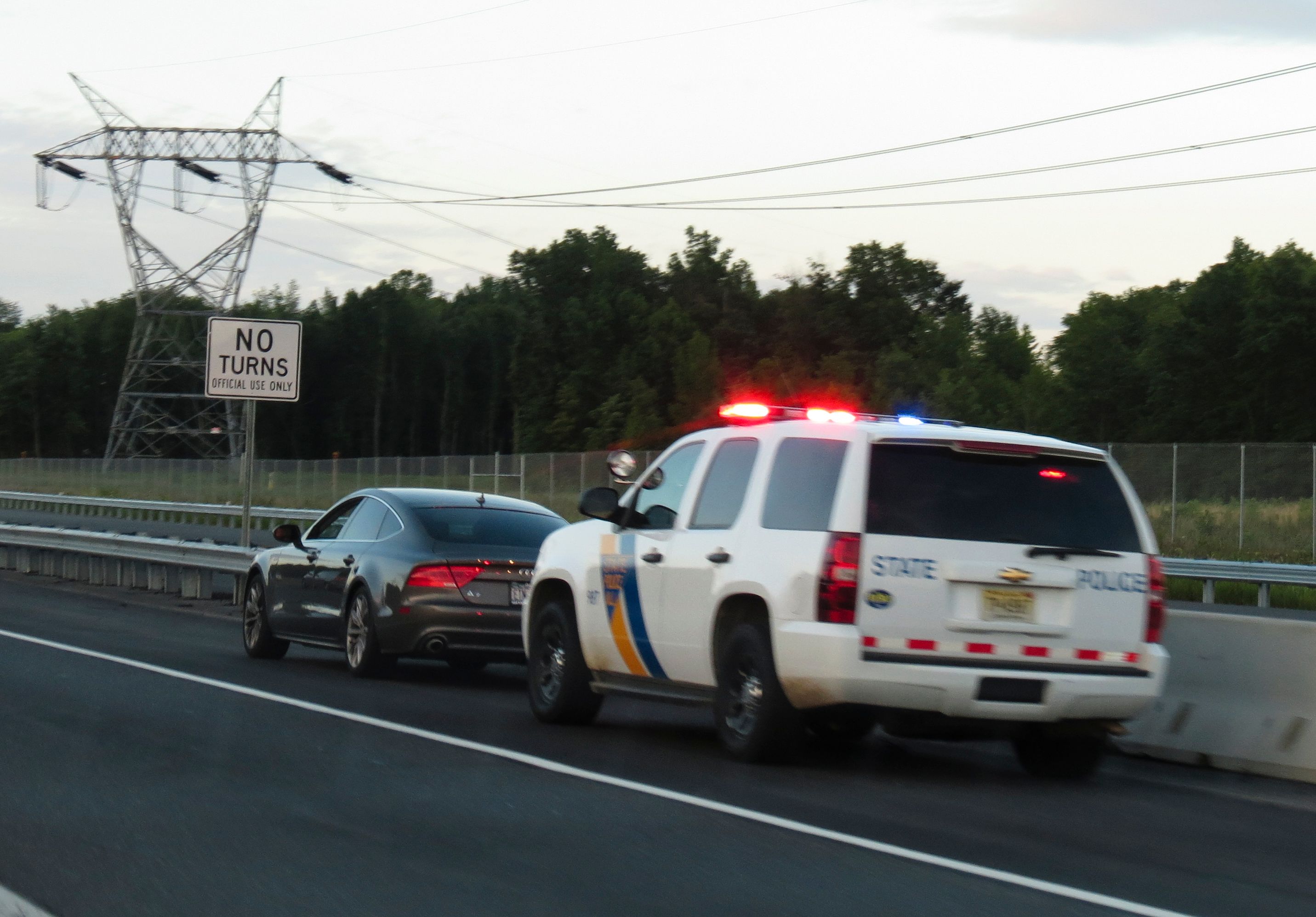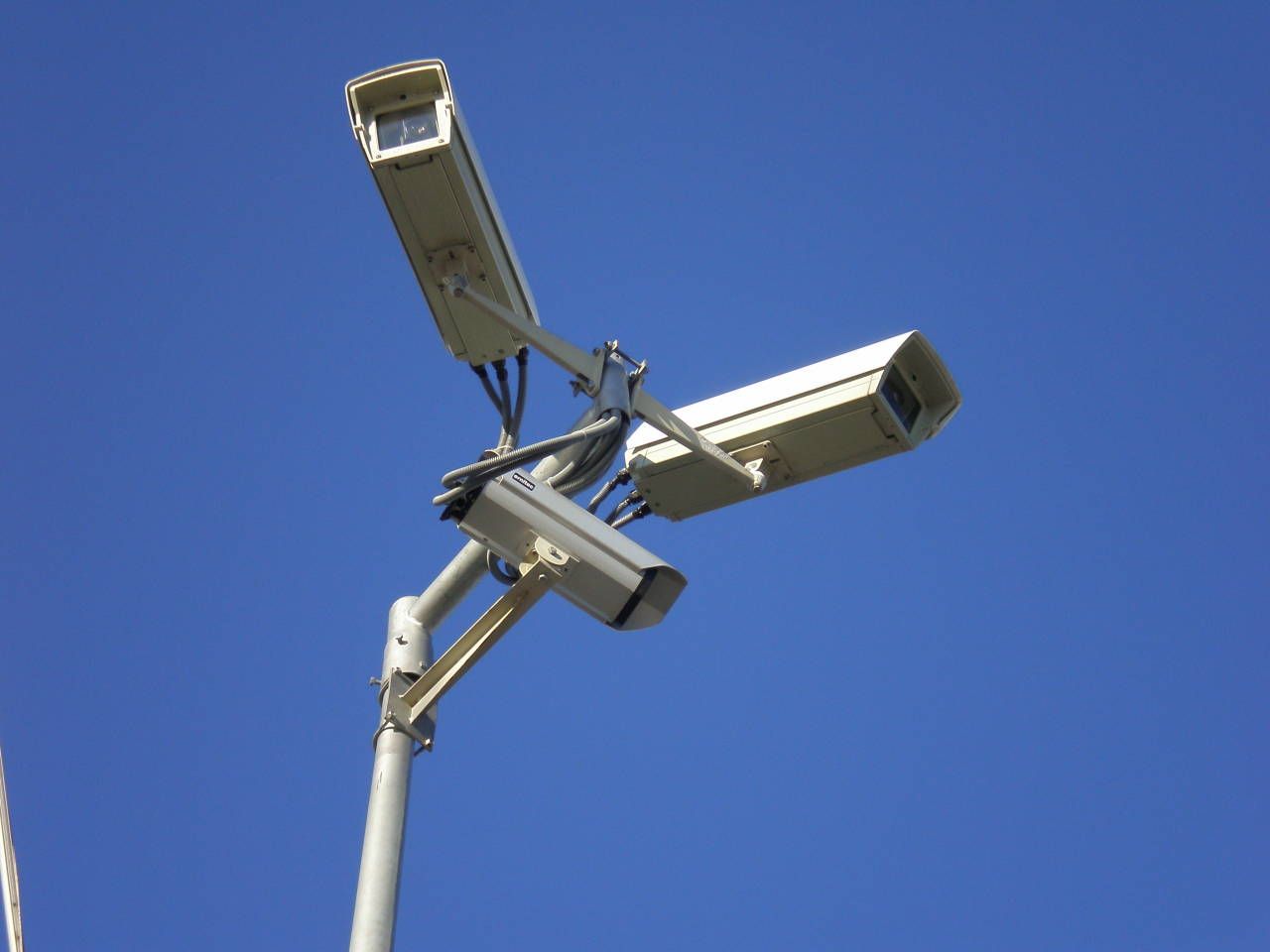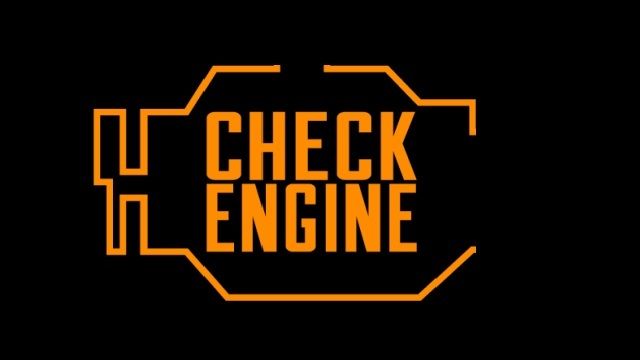Contrary to popular belief, the OBD II diagnostic system that has been built into every car since 1996 isn’t there to help diagnose serious problems with your car. It does have a nice side effect of assisting in the diagnosis of a less-than-happy engine, but the primary purpose is to detect emissions faults and scare you with that check engine light so you can spend the better part of your monthly salary to repair a system that – a majority of the time – doesn’t affect the way your engine runs or how the car drives. Think about it, we all have at least one friend who’s check engine light has been on for years, right?
Now that new cars have all of this connectivity through 4G internet connections and direct satellite communication, a new OBD system is in the works, and it’s something you might want to be worried about. Of course, it may help diagnose certain problems quick and more conclusively than the current onboard diagnostics that most of our cars have now, but there’s even more to it than that. The standards for the new OBD III system are apparently being written by the California Air Resources Board (CARB), but that should come as no surprise as they have the most stringent emissions laws in the U.S. More importantly, however, is how it will tie in with the new connectivity features that are becoming increasingly standard equipment from just about every manufacturer out there.
Think Tesla for a minute. The Model S, Model X, and upcoming Model 3 all have the ability to take over-the-air software updates and track just about everything the user does – the latter has never been more evident with the fraudulent claims that have been made against Tesla over its automatic parking feature in the recent months. Eventually, all cars will be tracked like this, and with OBD III an inevitable reality in the future, the risk of privacy invasion in cars has never been higher.
Continue reading for the full story.
Monitoring
At this time, the OBD III system is still in the embryonic stages of development, so there isn’t a lot of rock solid information out there, but the possibilities are outright scary. The future of onboard diagnostics could mean that our cars can be subjected to random emissions testing and tracking without prior notice. Furthermore, the luxury of ignoring a check engine light related to an emissions system failure could be a thing of the past. With a potentially constant connection to emission regulation offices via the 4G internet connections that everyone is falling in love with, satellite, or through a built-in transponder, police or emissions regulations agents could be notified immediately in the event of an emissions failure that you’re probably going to ignore anyway. Maybe that’s not a big deal to you, but it should be because what comes next will change the way emissions regulations are enforced forever.
The Enforcement
There are a number of possibilities regarding what could happen when an OBD III car of the future reports an emissions fault. The information could be transmitted to a local regulation office that will then issue a “citation” or notice to report for testing within a certain number of days. Of course, this would ultimately lead to the diagnosis of what has failed and the owner being forced to repair the fault or risk losing registration until the fault has been repaired – see no more ignoring that check engine light. It gets a lot deeper than that, though.
Have you ever seen a highway weighmaster sitting on the side of the highway with a parked semi-truck and trailer? Chances are that driver skipped or missed his last weight station, and the weighmaster tracked him down. The same thing could be a reality with the implementation of OBD III diagnostics. Say you ignore the notice for testing and repair, or don’t even receive it. Well, with all of the connectivity features of these new cars, your location can be pinpointed, and an “Emissions Regulation Officer” or even your local police patrolman can pull you over, issue a citation, or even immobilize and tow your vehicle until the necessary repairs are made. Sounds crazy, right? It is, but it's a real possibility.
Privacy Concerns
This is where I hope I don’t come off as one of those “conspiracy nuts,” so hear me out before you decide to judge my thoughts here. I already feel that satellite navigation, 4G connectivity, and the supercomputers we all carry in our pockets all makes us vulnerable to being monitored and tracked. Then again, if you’re not doing anything wrong, who gives a damn if Earl up in homeland security wants to know where you’re at, right? Well, with OBD III on the horizon, the ability to be tracked will increase tenfold, and our vehicles could be subjected to random, unwarranted, over-the-air inspection and tracking – especially if you have that check engine light on. Furthermore, the powers that be will also have the capability to immobilize vehicles with the press of a button.
There’s even more to it than that. Our cars already detect and store information regarding whether or not there is a passenger in a given seat (think automatic airbag deactivation,) how fast a car has been traveling, the route it has taken, the miles driven, and the list goes on. My 2001 Yukon, for instance, is able to keep track of how many miles I drive for the last 15 days, my average speed, top speed, fuel economy, and idle time. Newer cars can store even more information. The choice of speeding may no longer be an option when OBD III hits the market. Your car could send an automatic alert to authorities should you breach the speed limit, ultimately resulting in a postman-delivered citation or the closest officer taking up a good half hour of your day. Furthermore, the government could regulate and engage speed limiters at will, immobilize cars on the fly, or wait for you at your next stop thanks to that built-in GPS system that is guiding you to your next destination.
It's Really in Development
After reading that last paragraph, you might be thinking I’m another one of those conspiracy nuts, but don’t just take my word for it. Here is a direct quote from CARB that was reprinted on SEMA’s webpage:
“If the inspection process could be automated through the use of transponder-assisted on-board diagnostic systems (in what could become an OBD-III requirement or program), the process could be made less costly and time-consuming.”
Furthermore, on CARB’s FAQ page for OBD regulation there is the following statement:
“There has been speculation about a new OBD program that would utilize remote transponders (like those currently used for automated bridges or toll roads) to send information indicating if any malfunctioning component is present in the vehicle in lieu of having the vehicle inspected at a Smog Check Facility every one or two years. “
As you can see from those two statements, the idea behind using remote transponders is as real as it gets and that opens the door for the potential privacy concerns that I’ve already discussed. The idea of being forced to repair your car or be banned from driving it is a very real thing, and it could very easily turn into another one of those money-grabbing schemes like remote radar systems on highway’s, for example.
Conclusion
I’m not trying to trigger any mass conspiracy theories or anything like that, but this is something we need to keep our eye on. I know emissions are important to keep under control, but the conceptual idea of a car being immobilized until it is repaired, and the repair verified, seems like a little too much. Either way, those of us who choose to ignore emissions related faults that don’t affect performance will surely be the ones that are set back the most. As far as tracking and monitoring people at random, that is a very real possibility too, and we all know that the government has proven that it doesn’t mind invading privacy if it thinks it can justify it.
That said, I don’t want to end this piece on a bad note, or come off as a government basher either – good can come from the technology too. Even with the risks of privacy violation, the technology could be used to immobilize stolen cars immediately or to bring high-speed chases to an end quickly and easily with little risk to the public. We just have to trust that the technology won’t be used to grab extra money by the authorities, track us for no good reason, or be exploited by the world of hackers who have proven that, with enough time, technologically advanced vehicles can be hacked. For now, there is very little information know about the future system, but we’ll keep an eye on things and will be sure to report new information as it becomes available.

